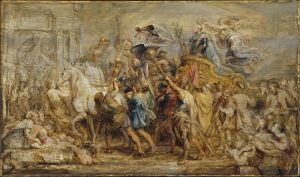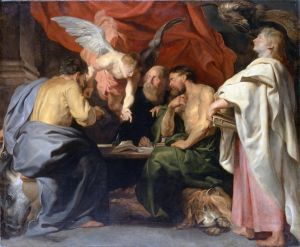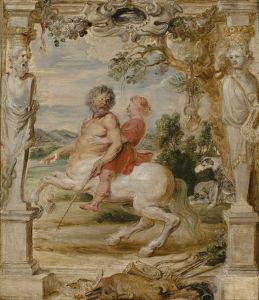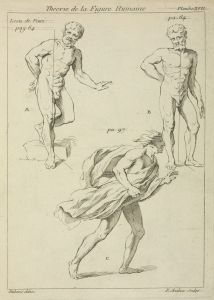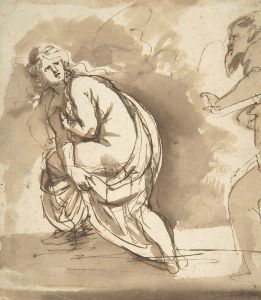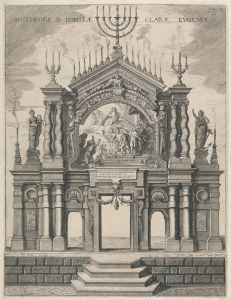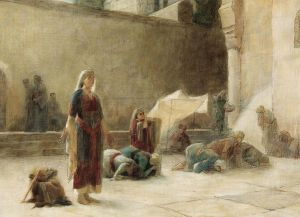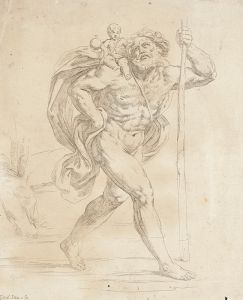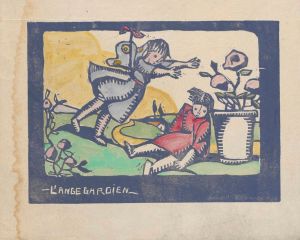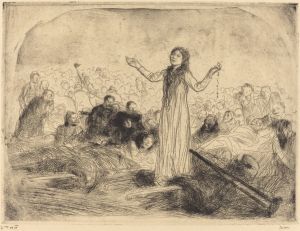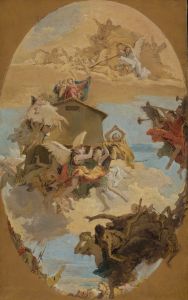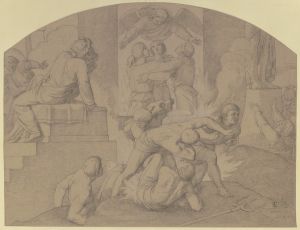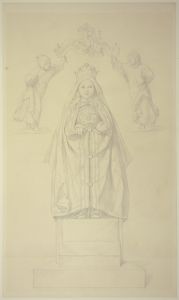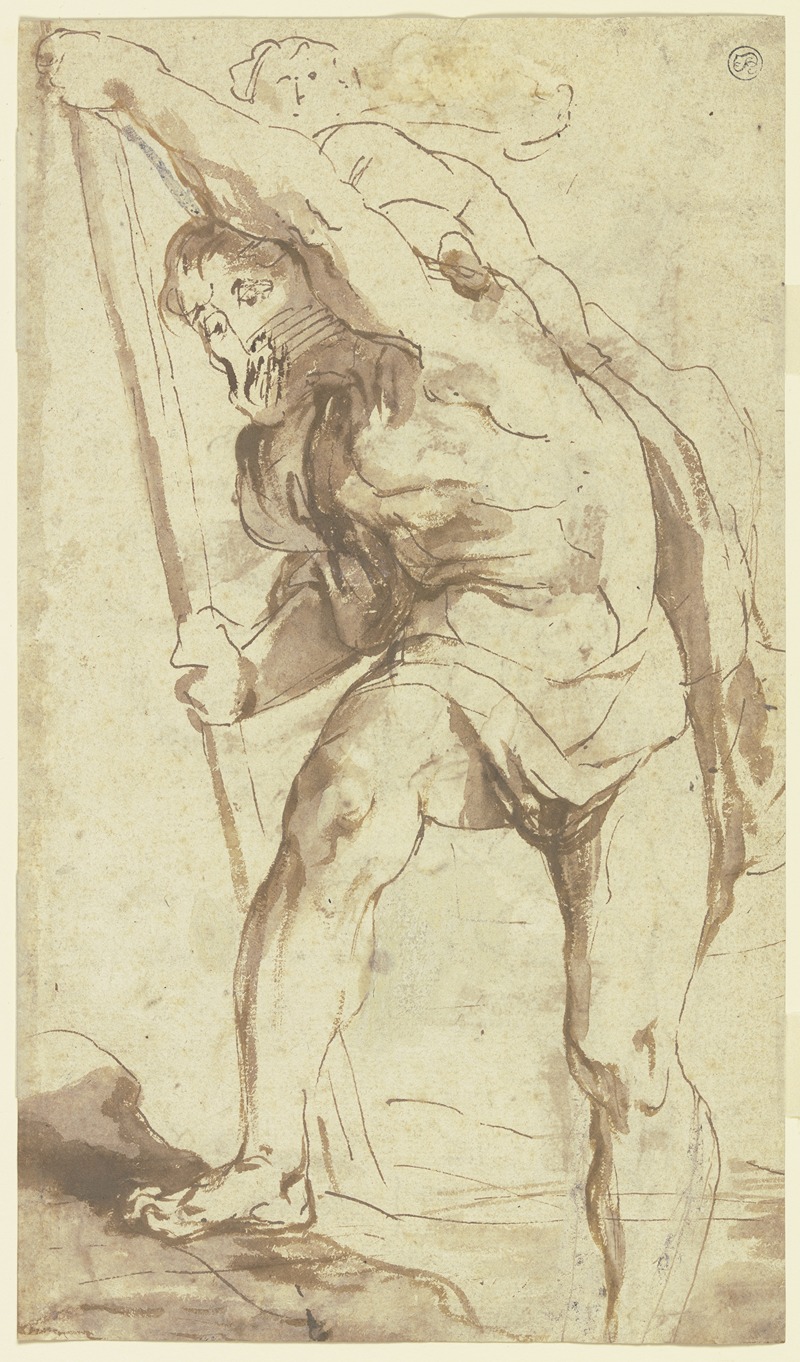
Saint Christopher
A hand-painted replica of Peter Paul Rubens’s masterpiece Saint Christopher, meticulously crafted by professional artists to capture the true essence of the original. Each piece is created with museum-quality canvas and rare mineral pigments, carefully painted by experienced artists with delicate brushstrokes and rich, layered colors to perfectly recreate the texture of the original artwork. Unlike machine-printed reproductions, this hand-painted version brings the painting to life, infused with the artist’s emotions and skill in every stroke. Whether for personal collection or home decoration, it instantly elevates the artistic atmosphere of any space.
Peter Paul Rubens, a prominent Flemish Baroque painter, is renowned for his dynamic compositions, vibrant use of color, and masterful depiction of religious and mythological subjects. Among his extensive body of work is the painting Saint Christopher, which reflects his characteristic style and deep engagement with Christian iconography.
Saint Christopher by Rubens portrays the legendary saint, who is venerated as the patron saint of travelers. According to Christian tradition, Saint Christopher was a giant who devoted himself to helping people cross a dangerous river. One day, he carried a child across the river, only to discover that the child was Christ himself, bearing the weight of the world. This story became a popular subject in Christian art, symbolizing faith, strength, and service.
Rubens’ depiction of Saint Christopher is notable for its dramatic composition and emotional intensity. The saint is often shown as a towering figure, emphasizing his physical strength and his role as a protector. Rubens’ use of chiaroscuro—contrasting light and shadow—enhances the sense of movement and highlights the spiritual significance of the scene. The child Christ is typically depicted with a serene expression, symbolizing divine grace and the burden of humanity that he carries.
The exact date of creation for Rubens’ Saint Christopher is not definitively known, but it is believed to have been painted during the early 17th century, a period when Rubens was at the height of his artistic career. During this time, Rubens was highly sought after by patrons across Europe, and his works often adorned churches, palaces, and private collections.
The painting is believed to have been commissioned for a religious setting, as was common for Rubens’ works. His ability to convey complex theological themes through vivid imagery made him a favored artist for ecclesiastical commissions. The composition of Saint Christopher reflects Rubens’ deep understanding of human anatomy, a skill he honed through years of study and practice, including his time in Italy where he was influenced by Renaissance masters such as Michelangelo and Caravaggio.
Today, Saint Christopher by Rubens is recognized as an important example of Baroque religious art. The painting demonstrates Rubens’ ability to merge physical realism with spiritual symbolism, creating works that resonate with viewers on both an emotional and intellectual level. While specific details about the painting’s provenance and current location may not be widely documented, its artistic and cultural significance remains undisputed.
This work is a testament to Rubens’ enduring legacy as one of the most influential painters of the Baroque era, whose art continues to inspire and captivate audiences worldwide.





